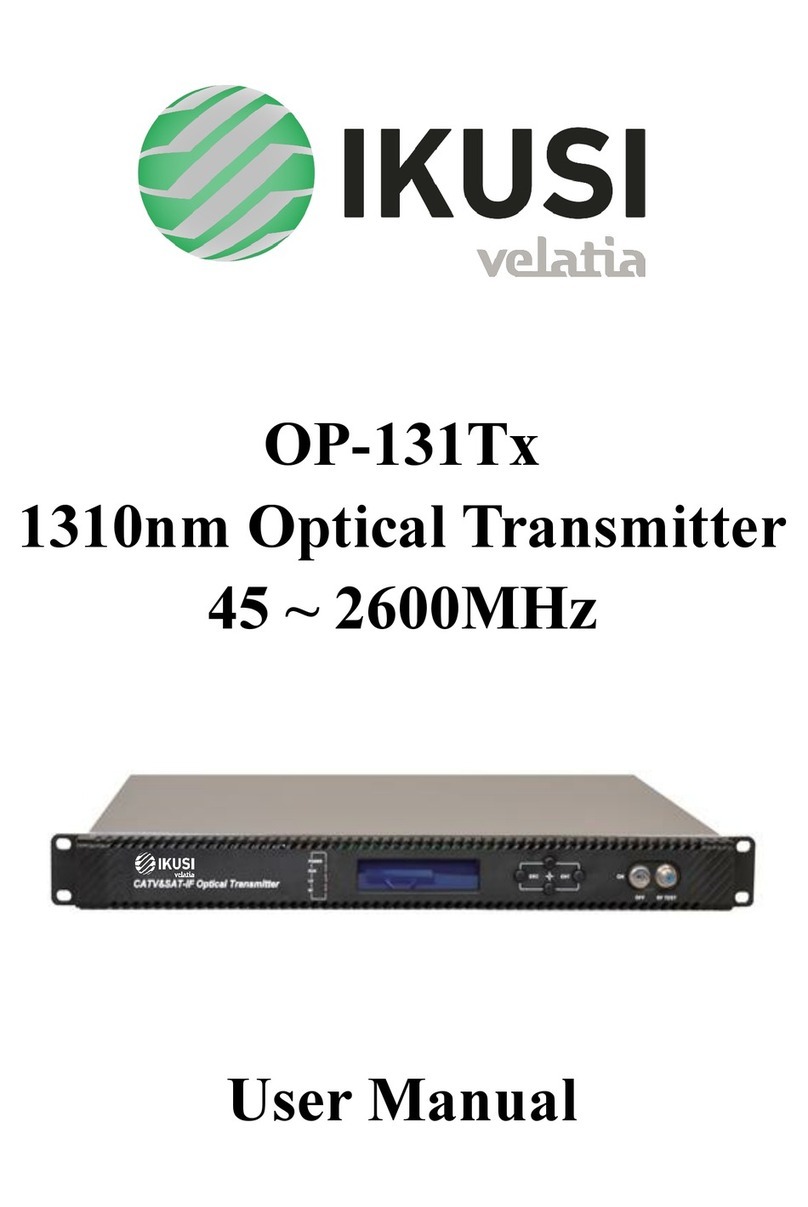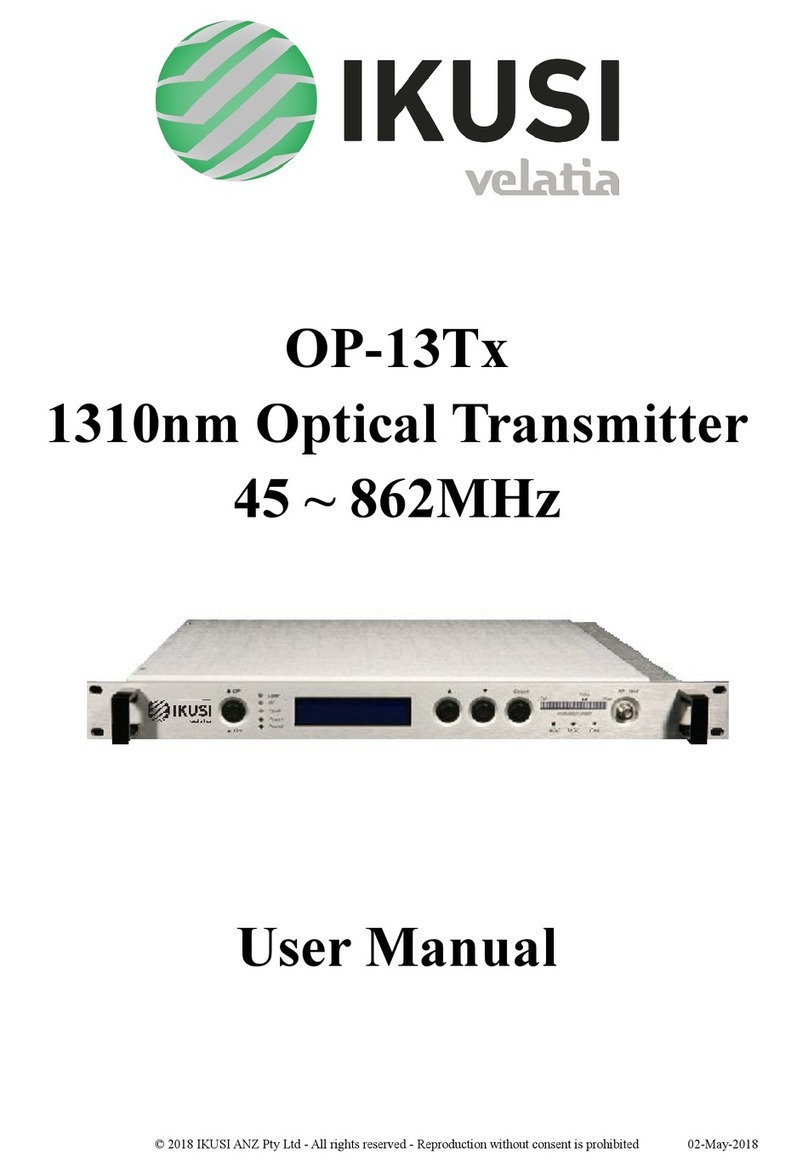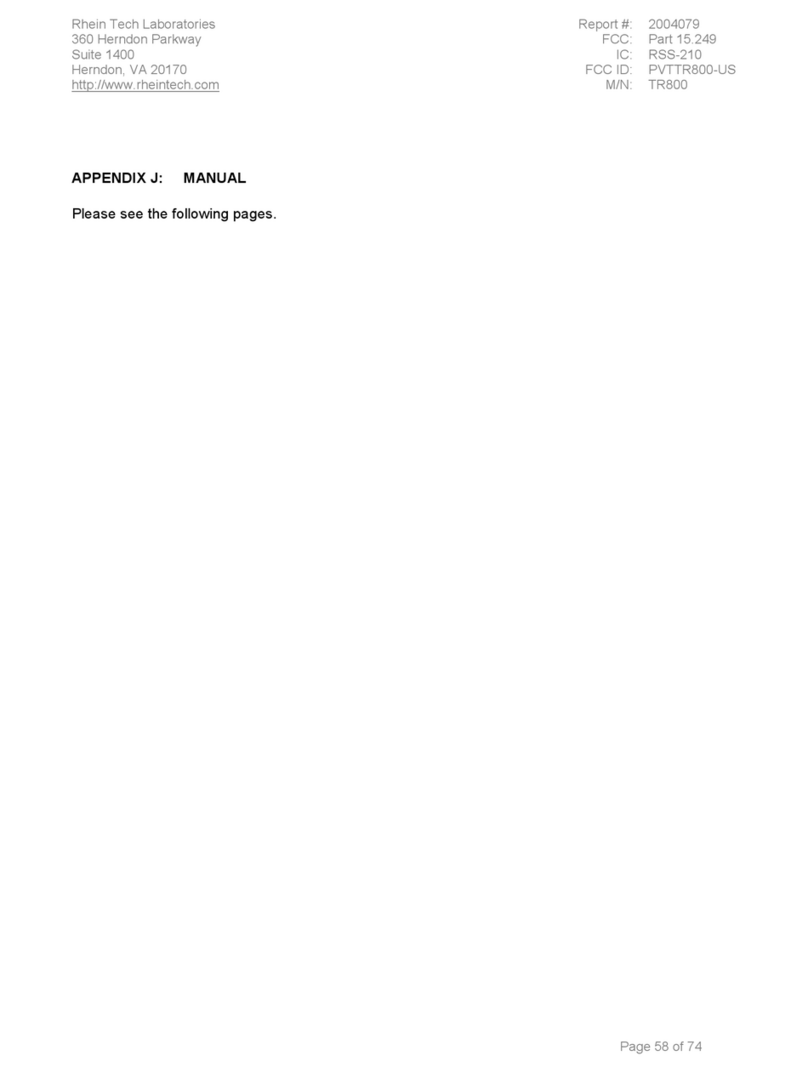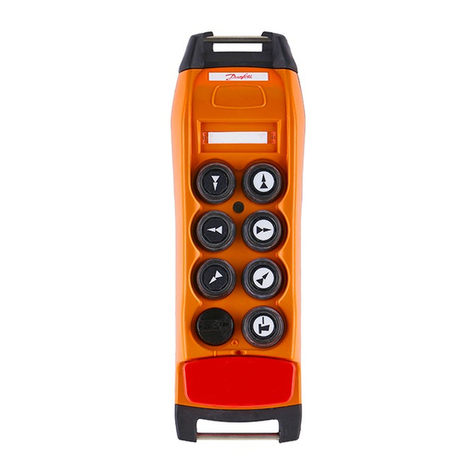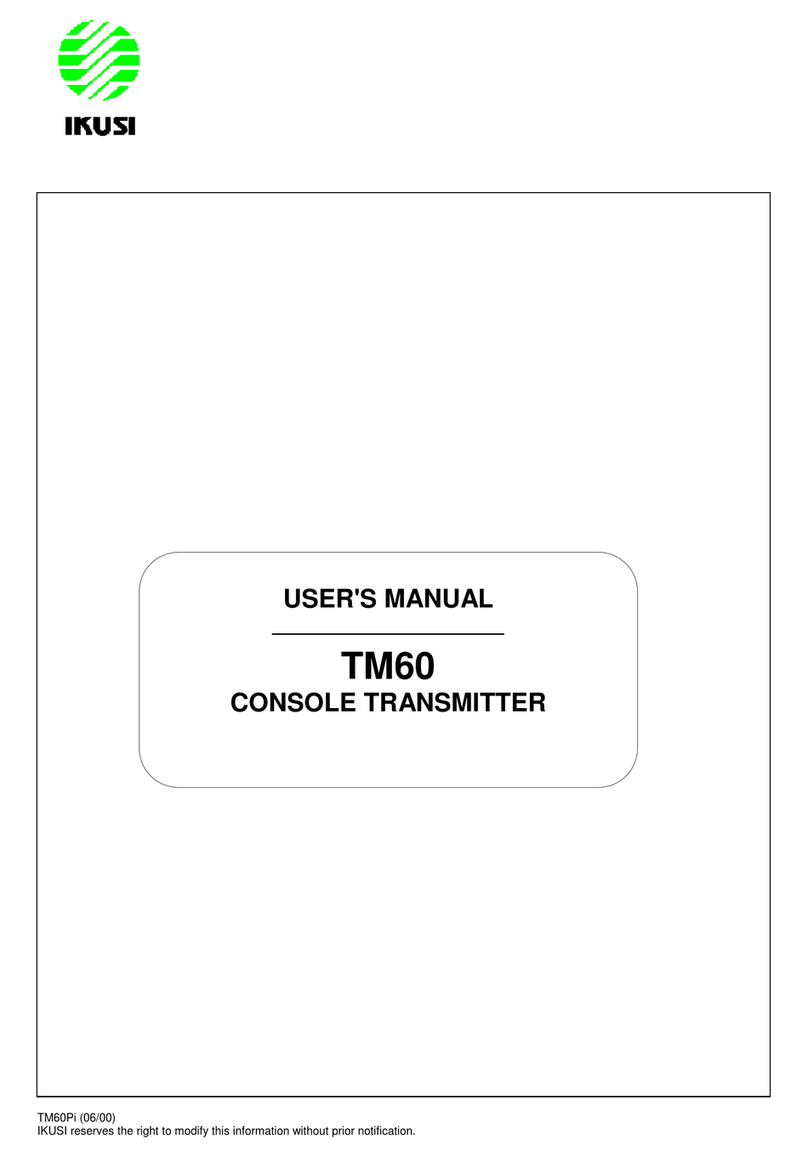Pag.
1.- DECLARATION OF CONFORMITY (870 MHZISM BAND)…...……………………………………………….1
2.- DECLARATION OF CONFORMITY (433MHZISM BAND)..........................................................................2
3.- SYSTEM DESCRIPTION..............................................................................................................................3
4.- SAFETY INSTRUCTIONS............................................................................................................................4
4.1.- WHAT YOU MUST DO......................................................................................................................................4
4.2.- WHAT YOU MUST NOT DO...............................................................................................................................4
4.3.- FCC RECOMMENDATIONS...............................................................................................................................5
5.- INSTALLATION............................................................................................................................................6
5.1- THE CB70 (BC70K)BATTERY CHARER .............................................................................................................6
5.2.- RECEIVER.....................................................................................................................................................7
5.3.- STARTING UP................................................................................................................................................9
6.- USING THE SET.........................................................................................................................................11
7.- MAINTENANCE.........................................................................................................................................12
7.1.- WARRANTY.................................................................................................................................................12
7.2 - PRECAUTIONS.............................................................................................................................................12
7.3.- TROUBLESHOOTING ....................................................................................................................................13
ANNEX A - PROGRAMMING A SPARE TRANSMITTER.............................................................................................15
ANNEX B.- .PROGRAMMING THE MACHINE IDENTIFICATION IN LCD TRANSMITTERS.................................................16
8.-FREQUENCY CHANGE..............................................................................................................................17
8.1.- SYSTEM DESCRIPTION ................................................................................................................................18
8.2.- DEFINITIONS...............................................................................................................................................18
8.3.- BASE CHANNEL FREQUENCY CHANGE...........................................................................................................18
8.4.- WORKING CHANNEL FREQUENCY CHANGE ....................................................................................................19
ANNEX A -CHANNEL TABLE 433,050 - 434,790 MHZ...........................................................................................20
ANNEX B -CHANNEL TABLE 869,70625 - 869,90 MHZ..........................................................................................21
ANNEX C -CHANNEL TABLE 914,150 - 915,875 MHZ............................................................................................22
9.- CAN OPEN INTERFACE………………………………………………...……………………………………….23
9.1.- INTRODUCTION ..........................................................................................................................................24
9.2.- CAN BUS CONNECTION ................................................................................................................................24
9.3.- DATA DICTIONARY.......................................................................................................................................25
9.4.- PDO...........................................................................................................................................................26
9.5.- SIGNALING..................................................................................................................................................27
9.6.- TM70 CAN RECEIVERS.................................................................................................................................27
10.- FIRST COME - FIRST SERVED OPERATION…………………………………………………………..…...30
10.1.- INTRODUCTION ........................................................................................................................................31
10.2.- TWO TRANSMITTERS SYSTEMS...................................................................................................................31
11.- LA70 & LA70M RANGE LIMITER OPTION ………………….…….........................................................32
11.1.1- SYSTEM DESCRIPTION ............................................................................................................................33
11.1.2- INFRARED SENSOR .................................................................................................................................33






